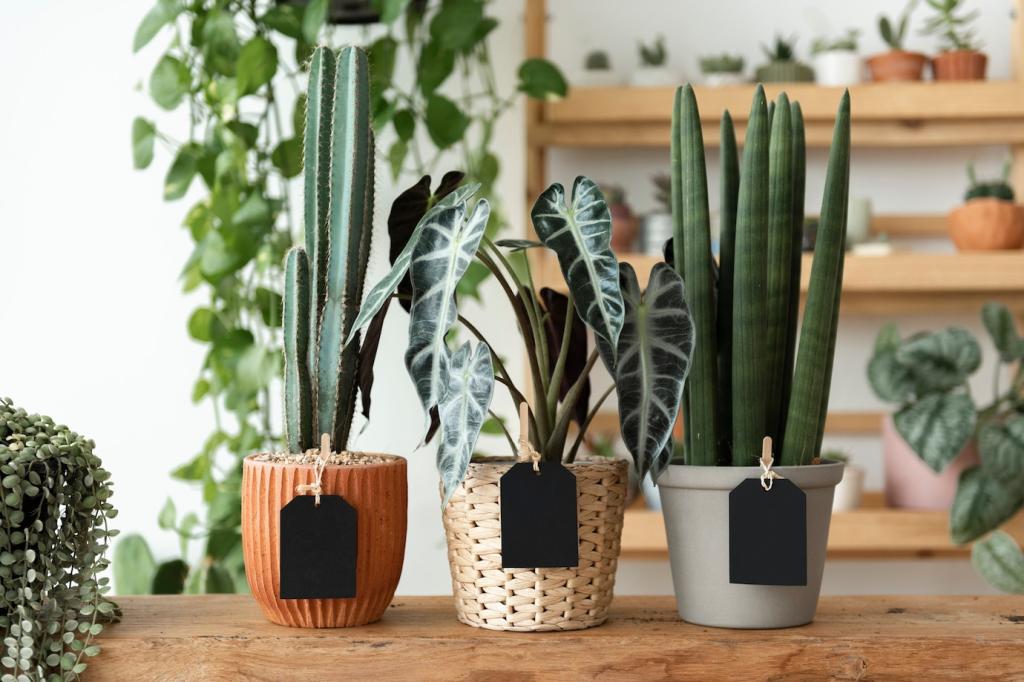Application and Ventilation Best Practices
Wash walls with a mild, low-odor cleaner, rinse, and dry. Patch, sand, and vacuum dust thoroughly. Clean, dull, dry surfaces let low-VOC coatings grip and cure properly. Ask in the comments for our downloadable prep checklist to simplify your weekend project.
Application and Ventilation Best Practices
Use microfiber rollers and a tapered synthetic brush for waterborne acrylics. Maintain a wet edge, roll in a “W,” and prefer thin, even coats. Two measured passes beat one heavy coat. Subscribe for our tool kit recommendations built around low-VOC paint options.
Application and Ventilation Best Practices
Cross-ventilate with a window fan exhausting outdoors, and run an activated-carbon purifier nearby. Touch-dry can be quick, but full cure takes longer. Delay heavy scrubbing. Share your climate and we’ll suggest airing strategies tailored to your humidity and temperature.
Application and Ventilation Best Practices
Lorem ipsum dolor sit amet, consectetur adipiscing elit. Ut elit tellus, luctus nec ullamcorper mattis, pulvinar dapibus leo.





